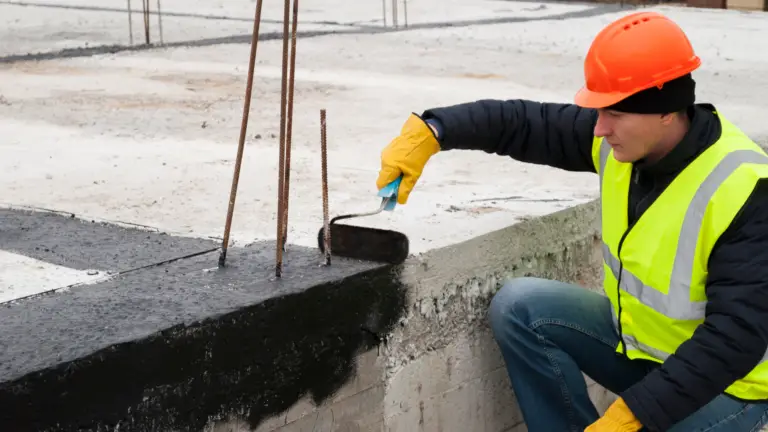When it comes to construction, the choice of materials is one of the most fundamental decisions. Materials not only determine the durability and quality of a structure but also its appearance, energy efficiency, and sustainability. In this article, we will delve into some of the most common construction materials, highlighting their advantages, disadvantages, and typical applications.
To view AH Construction’s projects click HERE
1. Wood: The Beauty of Nature
Wood is one of the oldest and most versatile construction materials used worldwide. Its advantages include:
- Sustainability: Wood comes from sustainably managed forests and is a renewable resource.
- Versatility: It is easy to work with and can be used in a wide variety of applications, from structures to interior finishes.
- Thermal and Acoustic Insulation: Wood is a good insulator, making it ideal for maintaining temperature and reducing noise.
However, wood is susceptible to moisture and insects, which may require preservation treatments. Additionally, its structural strength may be lower than other materials in some applications.
2. Concrete: Unyielding Strength
Concrete is a ubiquitous construction material known for its strength and durability:
- Strength: Concrete can withstand heavy loads and is ideal for large-scale structures like bridges and skyscrapers.
- Durability: It is resistant to weather and fire, making it an ideal construction material in extreme climates.
- Low Maintenance: Concrete requires minimal maintenance over time, making it an economically attractive choice.
However, concrete is heavy and can be costly to produce, and its cement production contributes to a significant carbon footprint.
3. Steel: The Power of Modernity
Steel is renowned for its strength and versatility:
- Strength: Steel is exceptionally strong and can be used in a variety of applications, from building structures to heavy machinery.
- Durability: It is fire-resistant and corrosion-resistant, making it ideal for industrial applications.
- Sustainability: Steel is recyclable, contributing to its ecological appeal.
However, steel can be costly and heavy, and its resistance to corrosion depends on the applied coating, requiring proper maintenance.
4. Brick: Traditional Building Blocks
Brick is a traditional construction material that offers:
- Aesthetics: Bricks add a unique and attractive look to structures and have been used for centuries worldwide.
- Fire Resistance: Bricks are fire-resistant and provide thermal insulation, making them ideal for fireplace construction and cladding.
- Low Maintenance: They require minimal maintenance and can last for decades.
However, bricks are heavy and can be costly to install compared to other materials. Construction with bricks can also be a slower process.
5. Glass: Transparency and Elegance
Glass is primarily used in construction for windows and facades:
- Aesthetics: Glass allows natural light to enter and can create modern and elegant designs.
- Energy Efficiency: High-quality glass can improve energy efficiency by allowing natural light while maintaining thermal insulation.
- Long Lifespan: Glass is durable and does not corrode or discolor over time.
However, glass can be fragile and may require more maintenance than other materials, especially in terms of cleaning.
The choice of construction materials is a crucial decision in any project. Each material has its own advantages and disadvantages, and the choice depends on factors such as budget, aesthetics, the purpose of construction, and sustainability. In most projects, combinations of these materials are used to maximize their advantages. Careful material selection is essential to ensure the quality and longevity of any structure, making it safe and efficient over time.
To view AH Construction’s projects click HERE




